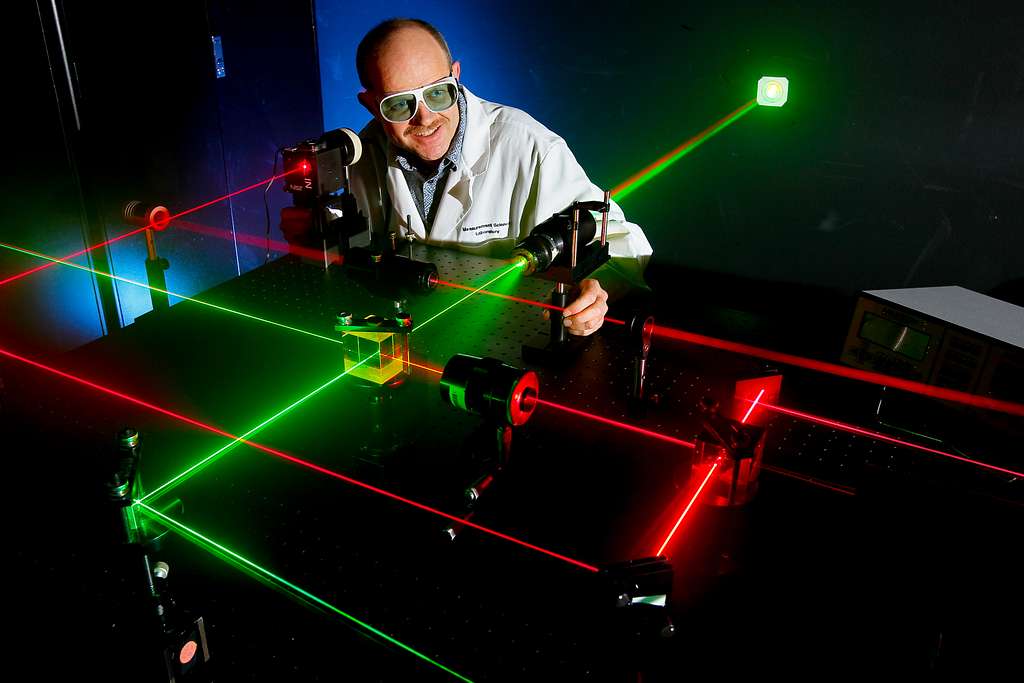
When working with microwaves, especially in environments with high radiation exposure, proper Personal Protective Equipment (PPE) is critical to ensuring safety. The right PPE helps to protect workers from potential risks such as thermal burns, eye damage, and other harmful effects caused by microwave radiation.
Microwave radiation exposure requires specialized PPE, such as radiation-resistant clothing, gloves, face shields, and goggles. This equipment ensures protection from thermal and radiative injuries that can occur in environments like laboratories, telecommunications, and medical facilities.
Now, let’s explore the specific types of PPE required and the associated risks in environments exposed to microwave radiation.
What types of protective clothing are recommended for microwave radiation exposure?
Specialized protective clothing is essential when dealing with environments where microwave radiation is a concern.
Microwave radiation protective clothing often incorporates metal-fiber or radiation-blocking textiles to shield workers from harmful exposure.
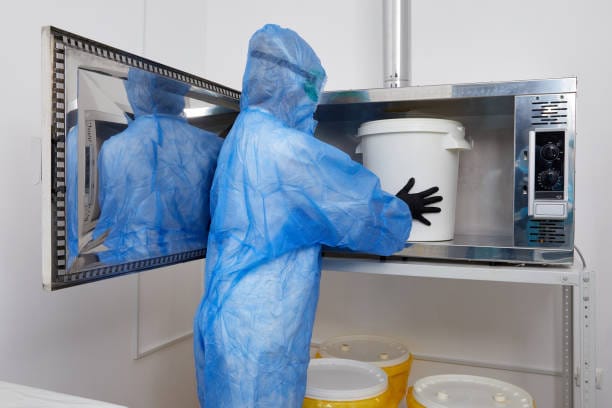
When working with microwave radiation, particularly in settings like telecommunications, radar systems, or laboratories, protective clothing is a must. The right attire shields workers from potential exposure to radiation. Here’s what to look for:
-
Radiation-Blocking Fabrics: Specialized fabrics, often made from metal fibers or conductive materials, are integrated into clothing designed to protect against microwave radiation. These fabrics prevent radiation from penetrating the body and causing harm.
-
Full-Body Suits: When exposure levels are high, full-body suits are essential for preventing direct contact with harmful radiation. These suits typically come with built-in hoods, face shields, and gloves.
-
Lab Coats and Aprons: For lower exposure environments, lab coats or aprons made of radiation-resistant materials provide basic protection. They cover clothing and the upper body, reducing the chances of radiation exposure during routine tasks.
-
Gloves and Footwear: Radiation-shielding gloves and specialized boots help protect the hands and feet from direct exposure, preventing burns or skin damage from microwave radiation.
PPE for microwave radiation should be selected based on the intensity of exposure and the tasks being performed, with heavier-duty options required for higher-risk environments.
What are the risks of exposure to microwave radiation in the workplace?
Microwave radiation poses several health risks in the workplace, especially if safety protocols and PPE are not properly followed.
Exposure to microwave radiation can lead to thermal burns, eye damage, and in severe cases, internal tissue injury.
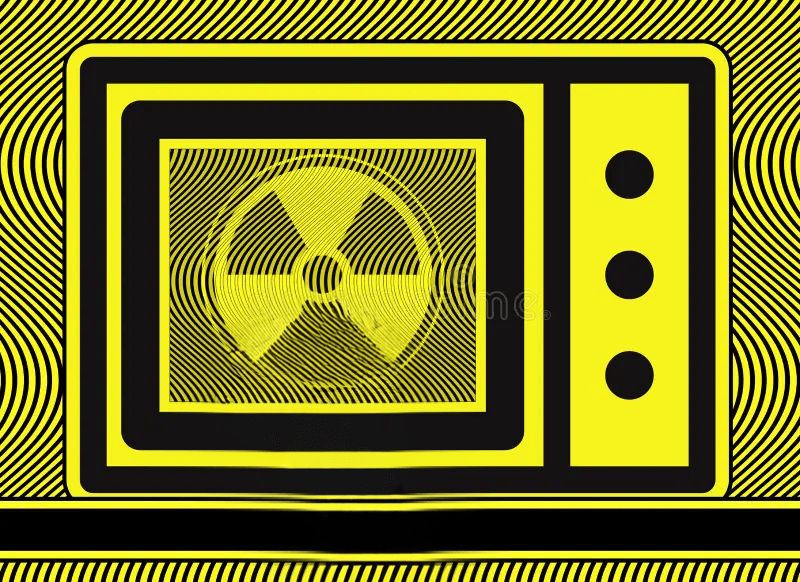
Microwave radiation, particularly at higher intensities, presents several risks that can cause both short-term and long-term health issues. Here are the key risks:
-
Thermal Burns: Microwaves heat tissues by causing water molecules to vibrate. Prolonged exposure can lead to burns on the skin, eyes, and other tissues. In environments with high exposure, radiation-resistant clothing and gloves are crucial to prevent burns.
-
Eye Damage: Microwave radiation can cause cataracts, retinal burns, and other eye damage. Workers exposed to microwave radiation must wear protective goggles or face shields to prevent radiation from reaching the eyes.
-
Internal Tissue Damage: In extreme cases, microwave radiation can penetrate deeper layers of the body, causing internal burns or damage to organs. This is why full-body protective suits are needed in high-risk environments.
-
Long-Term Health Effects: Chronic exposure to microwave radiation has been linked to issues such as neurological damage, cognitive impairment, and in some cases, cancer. Wearing PPE consistently helps reduce these risks.
How should PPE be selected based on the intensity of microwave radiation?
The selection of PPE depends heavily on the intensity and frequency of microwave radiation present in the work environment.
For higher radiation exposure, more comprehensive PPE such as full-body suits and high-caliber face shields are necessary to prevent injury.
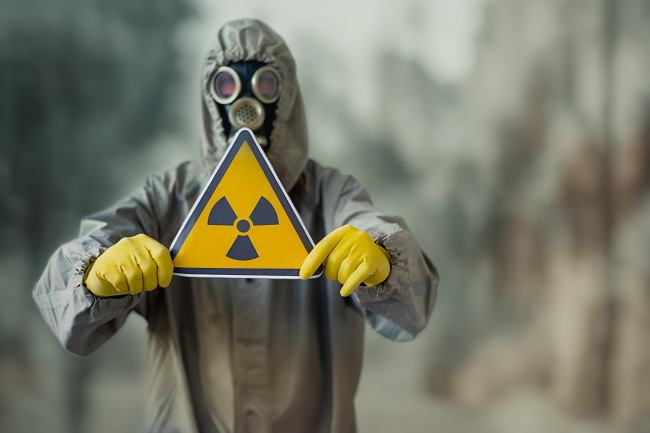
Selecting the right PPE is a critical step in ensuring safety when working with microwave radiation. The intensity of the radiation and the nature of the work dictate the type of protective gear required:
-
Low to Moderate Exposure: For environments with lower microwave radiation levels, radiation-resistant lab coats, gloves, and goggles may suffice. These provide basic protection during routine tasks or when handling equipment.
-
High Radiation Environments: In areas with high levels of microwave radiation, such as telecommunication towers or microwave ovens in laboratories, more protective gear is necessary. Workers should wear full-body suits made from radiation-blocking fabric and high-caliber face shields for complete protection.
-
Specialized Equipment: In specialized settings, such as radar stations or microwave communication facilities, workers may need additional PPE like lead-lined gloves or insulated footwear to further reduce exposure.
The appropriate selection of PPE ensures that workers are well-protected based on the specific risks present in their workplace.
Can microwave radiation cause internal burns, and how can PPE prevent this?
Microwave radiation can penetrate the body, potentially causing internal burns. Here’s how PPE helps mitigate this risk.
Internal burns caused by microwave radiation can be prevented by wearing full-body suits, which shield against deep tissue exposure.
Microwave radiation has the potential to cause internal burns if the body is exposed to high levels for an extended period. Here’s how PPE addresses this risk:
-
Full-Body Suits: These are designed to protect the entire body from microwave radiation. The material used in these suits, often metal-fiber or radiation-resistant fabrics, is capable of blocking or reflecting harmful radiation away from the skin and deeper tissues.
-
Layered Protection: In high-risk areas, workers may be required to wear multiple layers of protective clothing to provide extra shielding, particularly in sensitive areas such as the abdomen or chest.
-
Specialized Hoods and Face Shields: Radiation-blocking hoods and face shields are designed to prevent microwave radiation from reaching the head, eyes, and face, where deep tissue exposure could lead to burns or other health issues.
-
Thermal Insulation: PPE for microwave radiation often includes built-in thermal insulation, which helps dissipate heat from radiation before it reaches the body, preventing internal burns.
Ensuring that the appropriate level of PPE is worn based on exposure levels is the key to preventing both external and internal burns caused by microwave radiation.
Conclusion
When handling microwave radiation, proper PPE is essential to prevent a range of potential health hazards, including thermal burns, eye damage, and internal tissue injury. By carefully selecting radiation-blocking clothing, gloves, face shields, and other protective gear based on the intensity of exposure, workers can significantly reduce their risks and ensure a safe working environment.
Zion Zhang
Recent Posts
 PPE Distributor Success Stories: From Small Orders to Large Contracts2025年8月20日I’ll never forget the story of a small distributor in […]
PPE Distributor Success Stories: From Small Orders to Large Contracts2025年8月20日I’ll never forget the story of a small distributor in […] How to Build a Strong PPE Sales Channel in Emerging Markets: A Buyer’s Guide2025年8月20日I was in a meeting with a distributor from Lagos, Nigeria, […]
How to Build a Strong PPE Sales Channel in Emerging Markets: A Buyer’s Guide2025年8月20日I was in a meeting with a distributor from Lagos, Nigeria, […]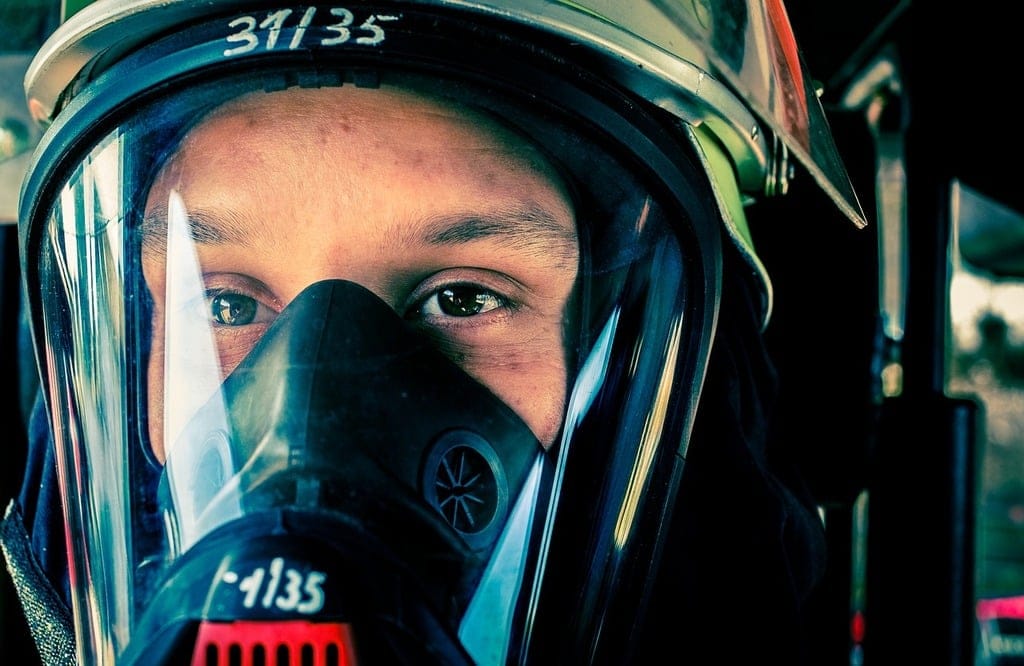 PPE Supplier Risk Management: How to Avoid Supply Chain Failures2025年8月20日One of the most valuable lessons I’ve learned in the PPE […]
PPE Supplier Risk Management: How to Avoid Supply Chain Failures2025年8月20日One of the most valuable lessons I’ve learned in the PPE […]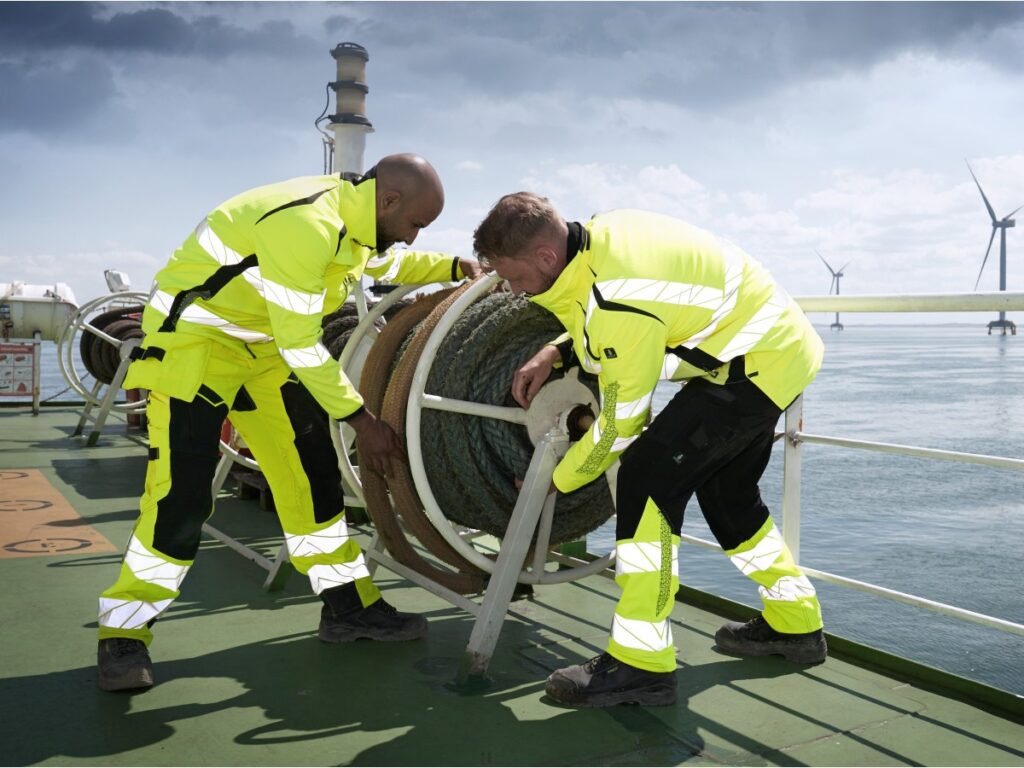 PPE Quality Inspection: Buyer Case Studies2025年8月20日When you’re sourcing PPE from international suppliers, […]
PPE Quality Inspection: Buyer Case Studies2025年8月20日When you’re sourcing PPE from international suppliers, […]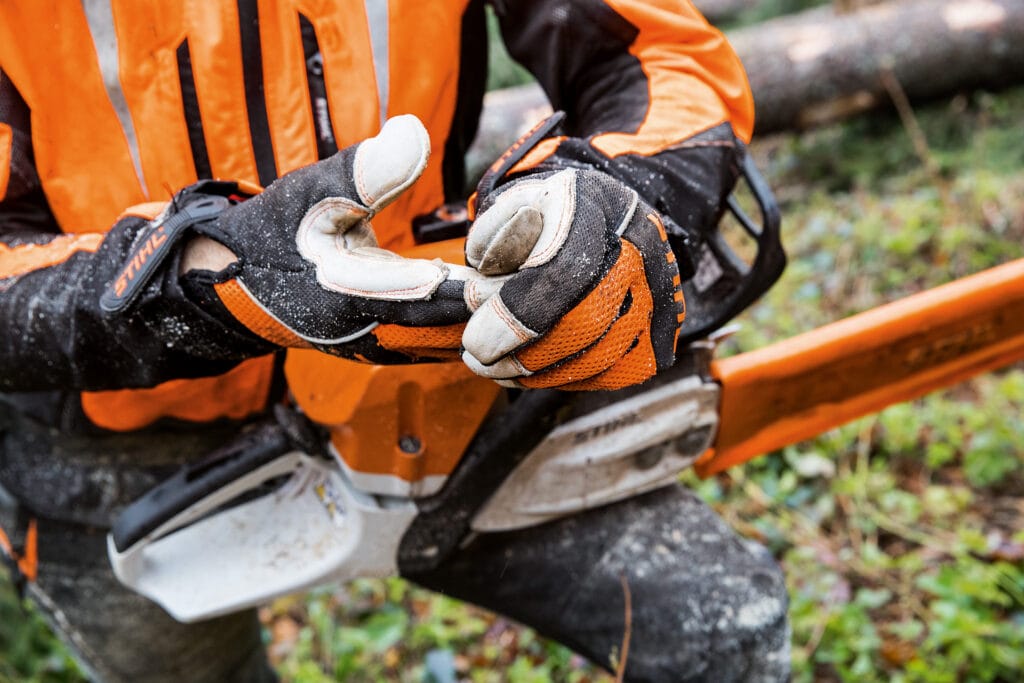 PPE Negotiation Tactics for Emerging Markets: A Buyer’s Guide2025年8月20日When I first started working in the PPE industry, I learned […]
PPE Negotiation Tactics for Emerging Markets: A Buyer’s Guide2025年8月20日When I first started working in the PPE industry, I learned […] Customizing Workwear & PPE for Local Markets: A Practical Guide2025年8月20日When I first started working in the PPE industry, I saw a […]
Customizing Workwear & PPE for Local Markets: A Practical Guide2025年8月20日When I first started working in the PPE industry, I saw a […]
CONTACT US
- Feel free to contact us any time. We will get back to you as soon as we can!
- +86-17330061805
